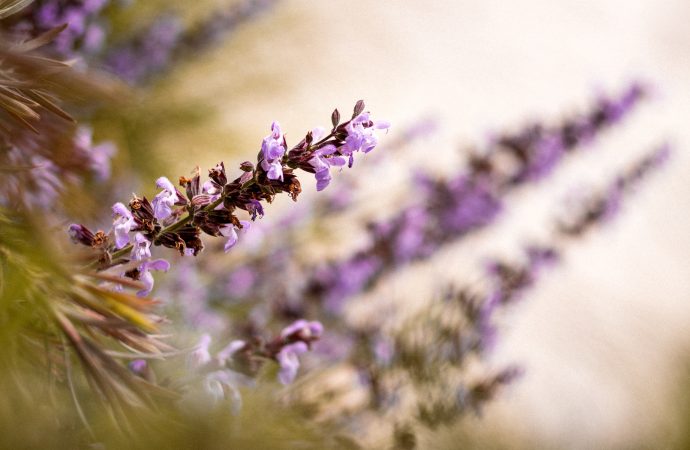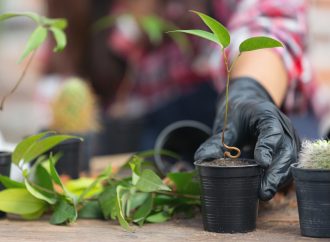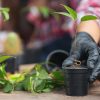If you’re looking to create a more sustainable and eco-friendly outdoor space, planting for biodiversity is a great place to start. By incorporating native plants and creating habitats for wildlife, you can transform your yard into a thriving ecosystem that supports a variety of species. In this guide, we’ll explore the benefits of planting for
If you’re looking to create a more sustainable and eco-friendly outdoor space, planting for biodiversity is a great place to start. By incorporating native plants and creating habitats for wildlife, you can transform your yard into a thriving ecosystem that supports a variety of species. In this guide, we’ll explore the benefits of planting for biodiversity and provide tips for creating a wildlife haven in your own backyard.
Why Plant for Biodiversity?
Biodiversity refers to the variety of living organisms in a particular ecosystem. When we plant for biodiversity, we’re creating a space that supports a wide range of species, from insects and birds to mammals and reptiles. This is important because biodiversity plays a crucial role in maintaining healthy ecosystems. A diverse range of species helps to keep ecosystems in balance, ensuring that no one species becomes too dominant and disrupting the delicate web of life.
In addition to supporting healthy ecosystems, planting for biodiversity has a number of other benefits. For one, it can help to reduce the use of pesticides and fertilizers, as native plants are better adapted to local conditions and require less maintenance. It can also help to reduce water usage, as native plants are often more drought-tolerant than non-native species.
Tips for Planting for Biodiversity
1. Choose Native Plants
One of the most important things you can do when planting for biodiversity is to choose native plants. Native plants are those that have evolved in a particular region over thousands of years, and they are adapted to the local climate, soil, and wildlife. By planting native species, you’re creating a habitat that supports the local ecosystem, providing food and shelter for a variety of species.
2. Create Habitat
In addition to planting native species, it’s important to create habitats for wildlife. This can include adding birdhouses, bat boxes, and bee hotels, as well as creating areas of dense vegetation for animals to hide and nest in. You can also incorporate features like ponds and water features to provide a source of water for wildlife.
3. Plant for All Seasons
To create a thriving ecosystem, it’s important to plant for all seasons. This means choosing plants that bloom at different times of the year, providing a continuous source of food for pollinators and other wildlife. It’s also important to choose plants with different heights and textures, creating a diverse range of habitats for different species.
4. Avoid Chemicals
When planting for biodiversity, it’s important to avoid the use of pesticides and fertilizers. These chemicals can be harmful to wildlife, and they can disrupt the delicate balance of the ecosystem. Instead, focus on creating a healthy soil ecosystem by adding compost and other organic matter.
Conclusion
Planting for biodiversity is a great way to create a more sustainable and eco-friendly outdoor space. By choosing native plants, creating habitats for wildlife, and avoiding chemicals, you can transform your yard into a thriving ecosystem that supports a wide range of species. Whether you’re a seasoned gardener or just starting out, there are plenty of ways to incorporate biodiversity into your outdoor space. So why not get started today?























Leave a Comment
Your email address will not be published. Required fields are marked with *